GuitarPlayer Verdict
The Grand Auditorium body, with its Venetian cutaway and onboard electronics, accommodates myriad styles and applications, from the studio to the stage
Pros
- +
Organic look and feel
- +
Sensitive dynamic response
- +
Clear, sweet tone
- +
Good value
- +
Eco-conscious
Cons
- -
Sharp nut edges
- -
Not for the heavy handed
You can trust Guitar Player.
Some people are obsessed with power; some are obsessed with fame.
Taylor chief guitar designer, president and CEO Andy Powers is obsessed with koa, and that’s the name of the game for the new additions to the 700 series: the 722ce Grand Concert and 724ce Grand Auditorium, the latter of which is on review here.
It’s a totally different take on the lovely Hawaiian hardwood from a manufacturer who is passionate about koa.
“I love building guitars out of koa,” Powers says. “I love the look, the smell and the sound. This guitar started from materials as we furthered our relationship with our colleagues at Pacific Rim Tonewoods.”
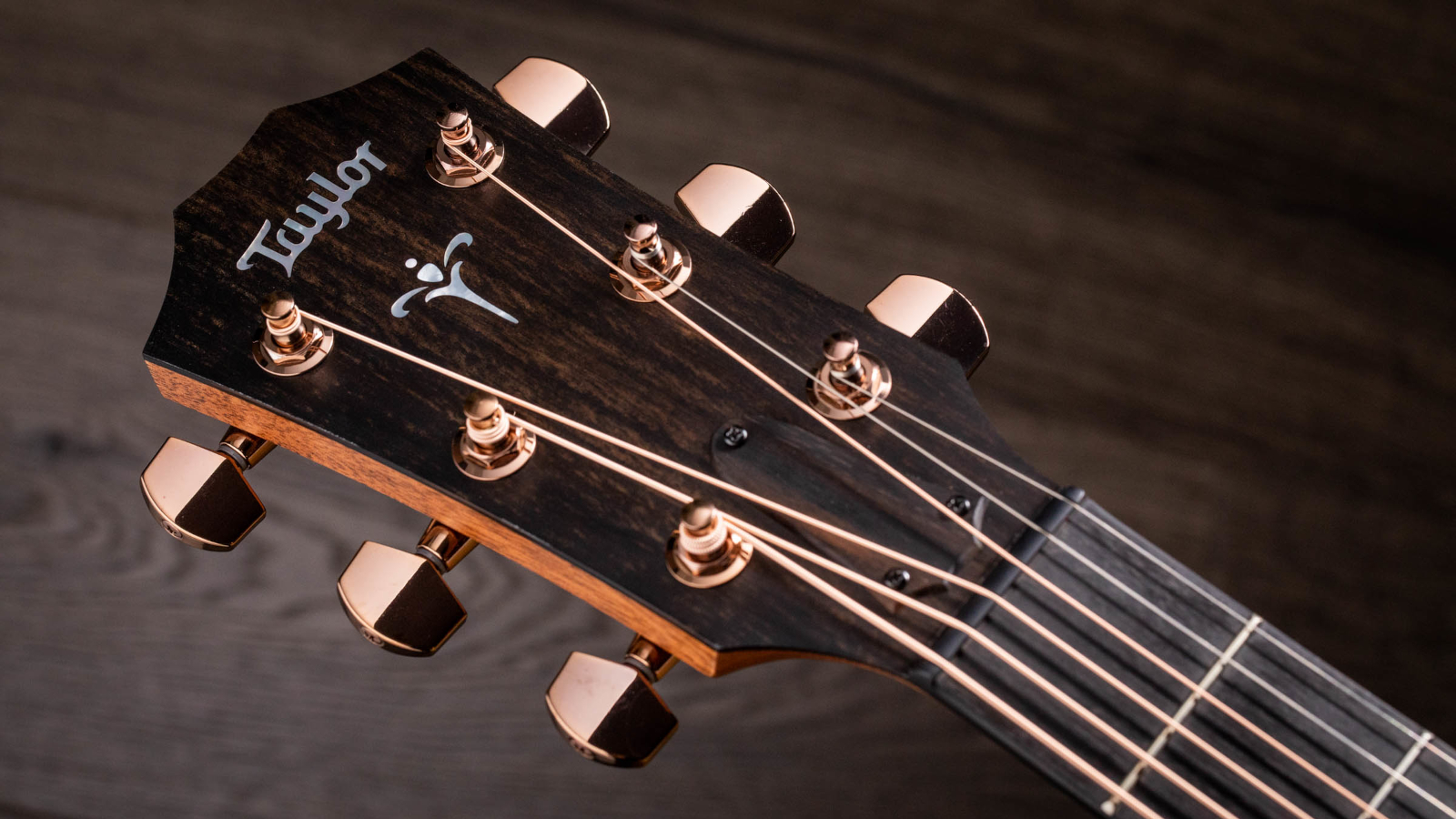
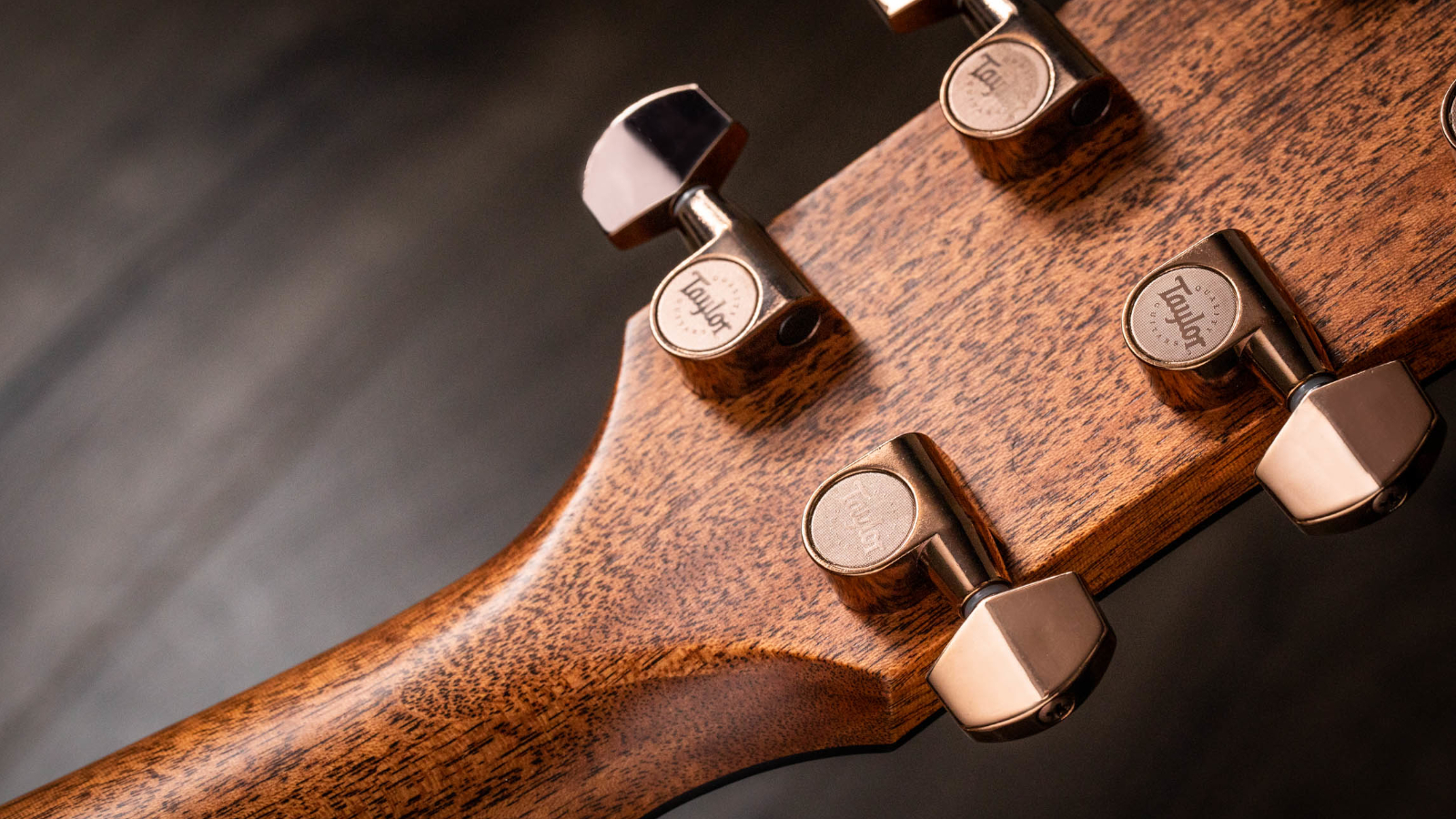

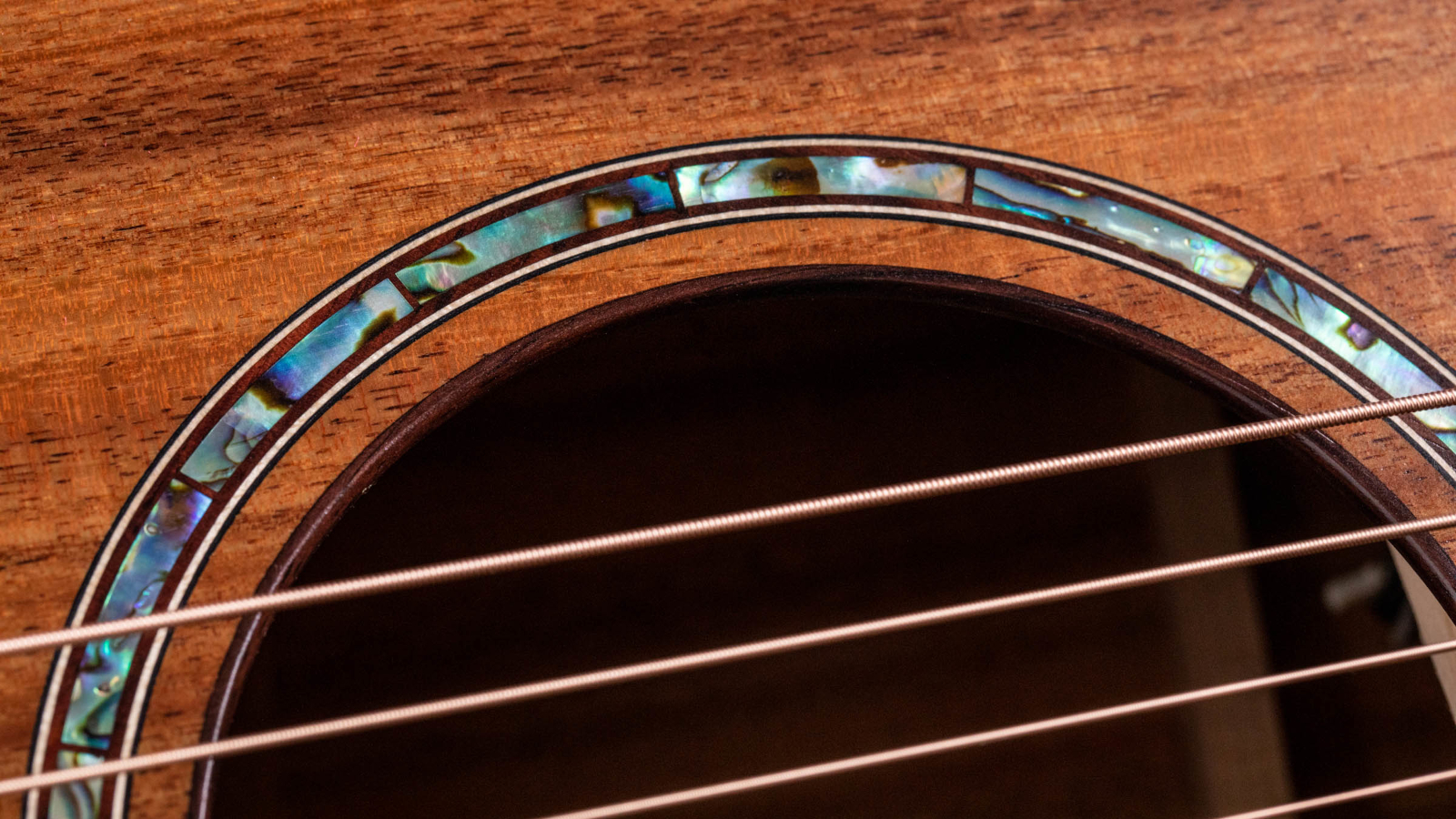
Whereas Taylor’s luxurious Koa Series guitars are made from the highest instrument-grade wood, full of curls and swirls, and laced with copious organic appointments, these koa additions to the 700 series take a more workmanlike approach.
This essentially straight-grain koa is more uniquely streaked and less extravagantly figured than the Koa Series.
And rather than a beautifully polished, multilayered high-gloss finish with a dark stain, the treatment here is super thin and practically unfinished, for a lighter appearance.
All the latest guitar news, interviews, lessons, reviews, deals and more, direct to your inbox!
I want the guitar to look the way it sounds, and sound the way it feels
Andy Powers
To be clear, Taylor’s koa comes from the same sustainably managed Hawaiian forest. Some wood simply appears different inside the tree. It’s analogous to some people having curly hair while others have straight hair.
Powers saw it as an opportunity to make a more straightforward guitar with a different voicing for a different style player.
He says, “I want the guitar to look the way it sounds, and sound the way it feels.”


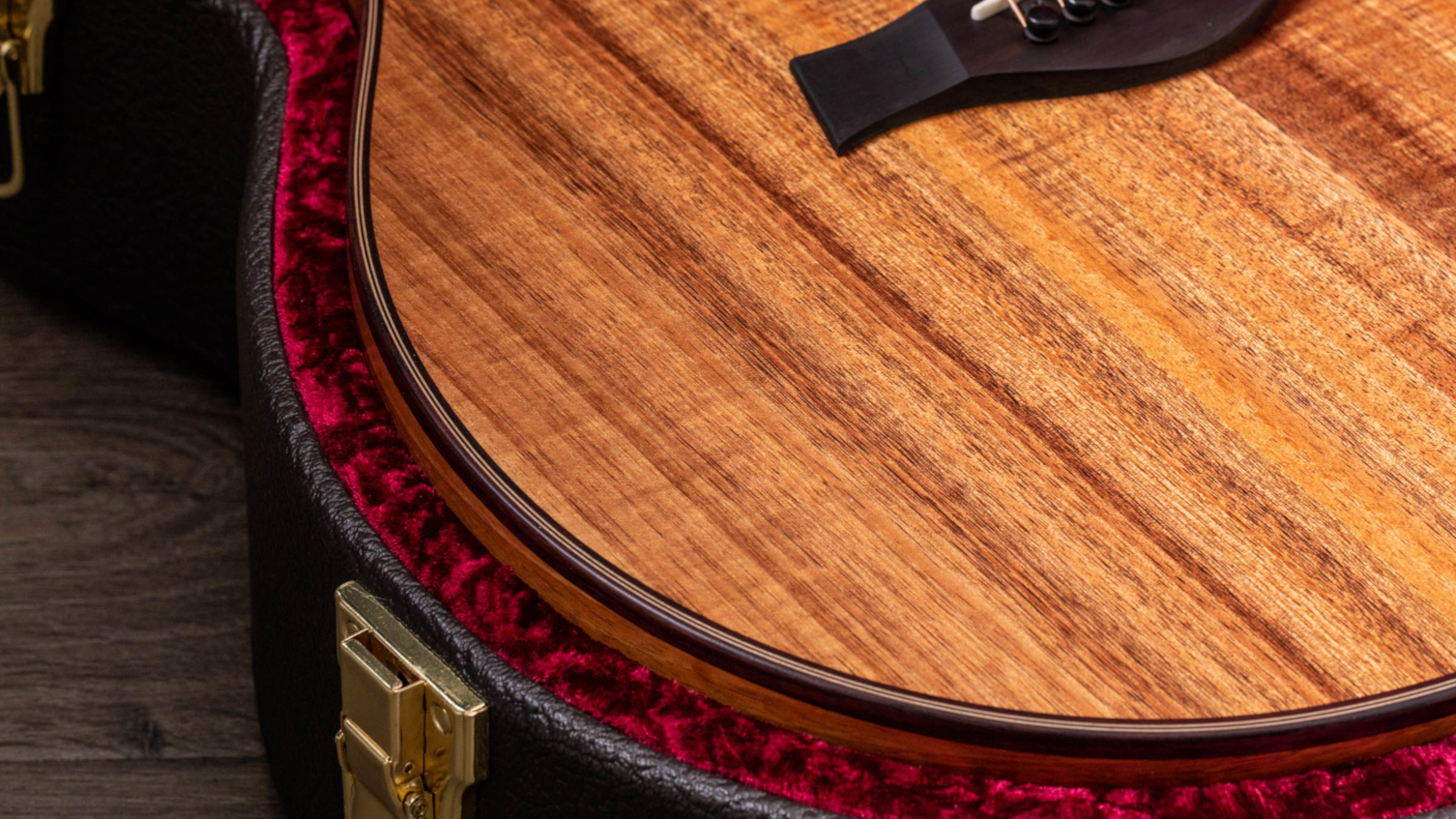
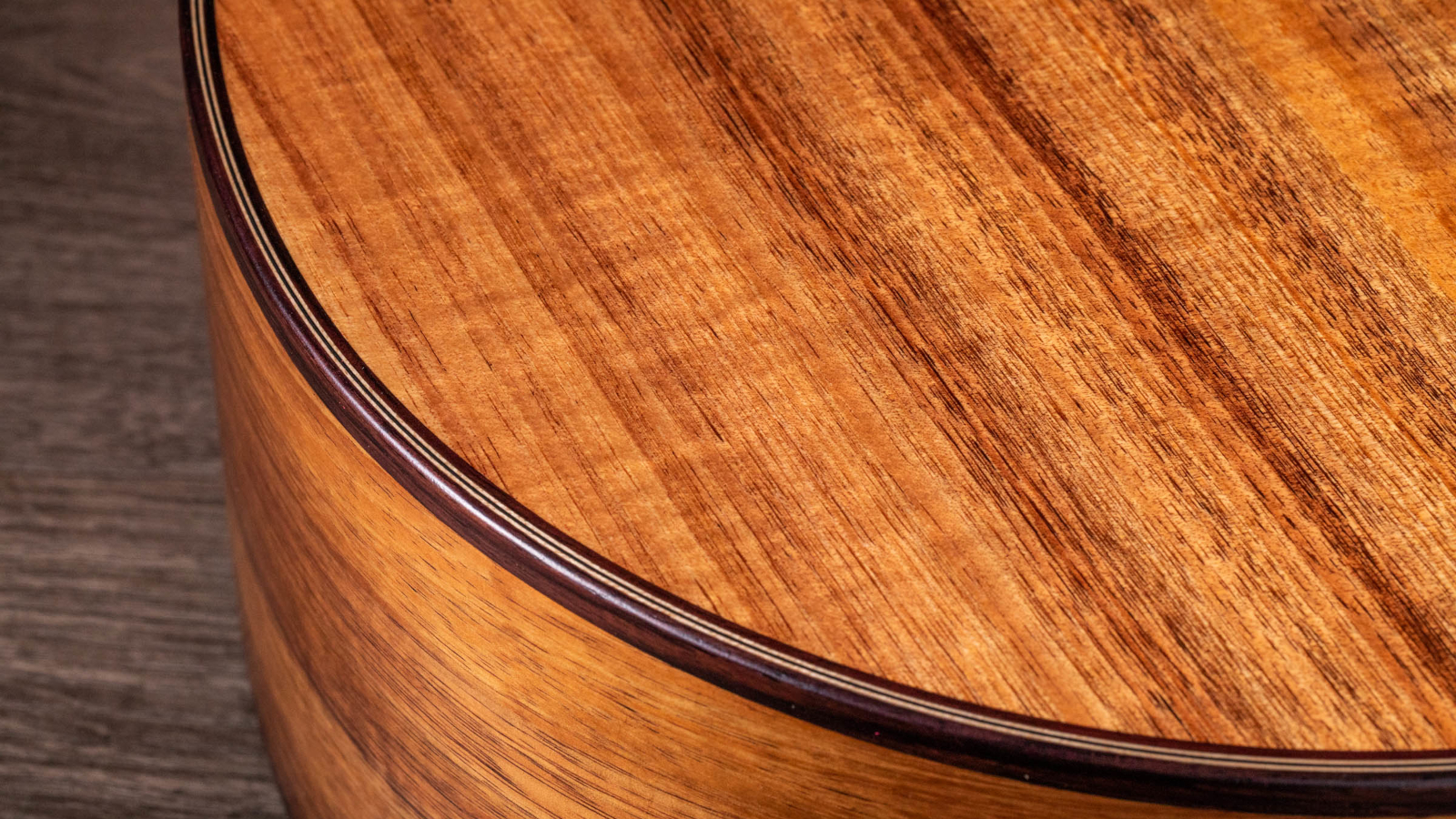
There is a direct correlation to Taylor’s Ebony Project. Prior to it, everyone from loggers to manufacturers to players assumed that the only desirable ebony was solid dark wood. But that turned out to be a purely cosmetic concern resulting from collective expectations.
When Taylor bought a West African ebony mill and started marketing “striped ebony” in a positive light, both in terms of forest management and aesthetics, lots of players agreed.
Perfectly fine ebony trees no longer waste away in the forest after being cut open, and many players prefer the unique nature of striped ebony.
Taking the 724ce out of its case, the only thought that crosses the mind is, “Gorgeous!”
Taking the 724ce out of its case, the only thought that crosses the mind is, “Gorgeous!” I especially love how the seafoam-green paua-shell rosette appears, set inside the flowing wood grains.
Who doesn’t love genuine seashell inlays on a stunning tonewood? Mother-of-pearl Fountain inlays grace an ebony fretboard as well. A dark-stained maple pickguard blends seamlessly, and the polished bronze tuners practically match the wound phosphor-bronze strings.
A white Tusq saddle is the only thing that sticks out, especially since the nut is black Tusq.
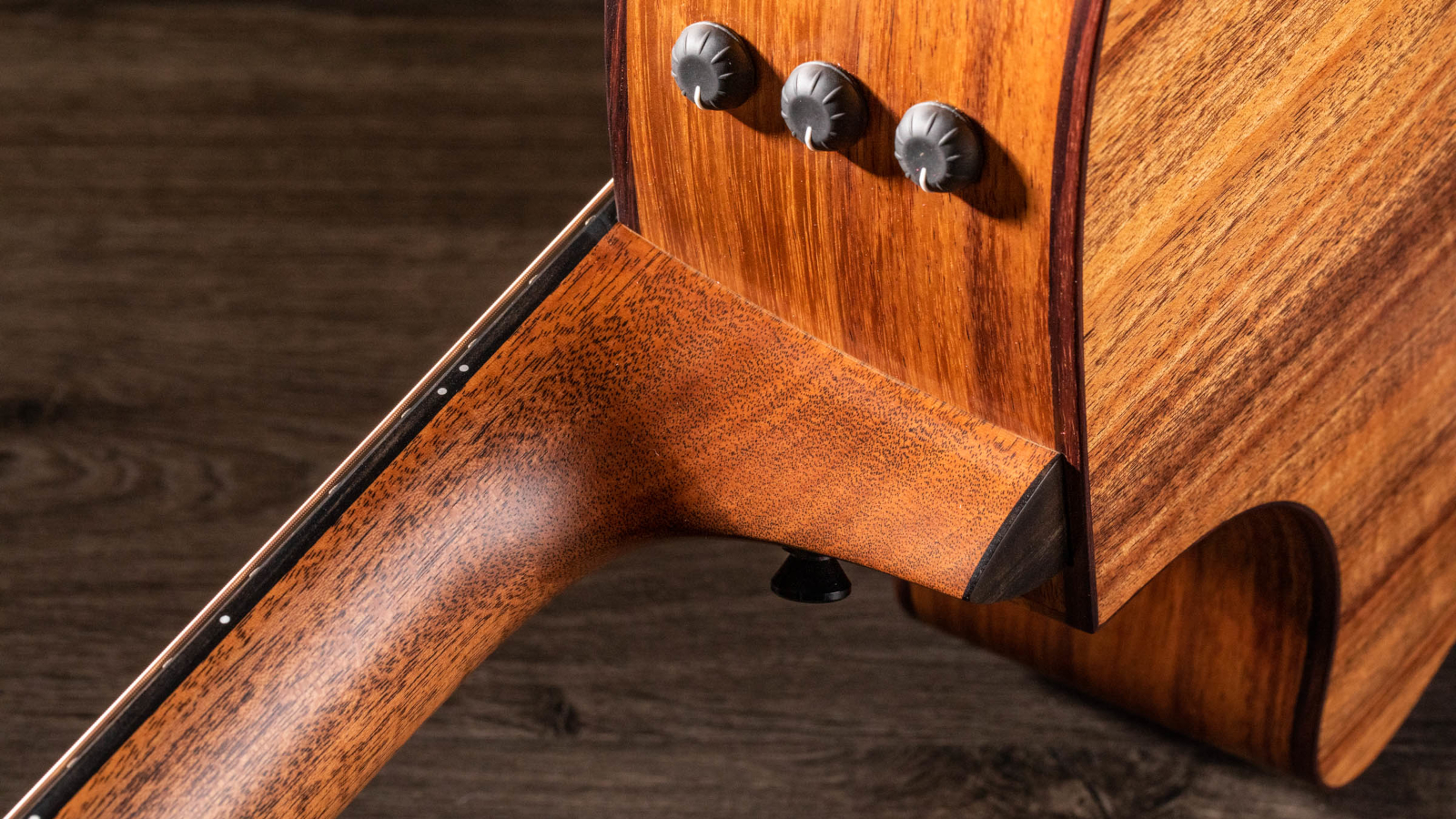
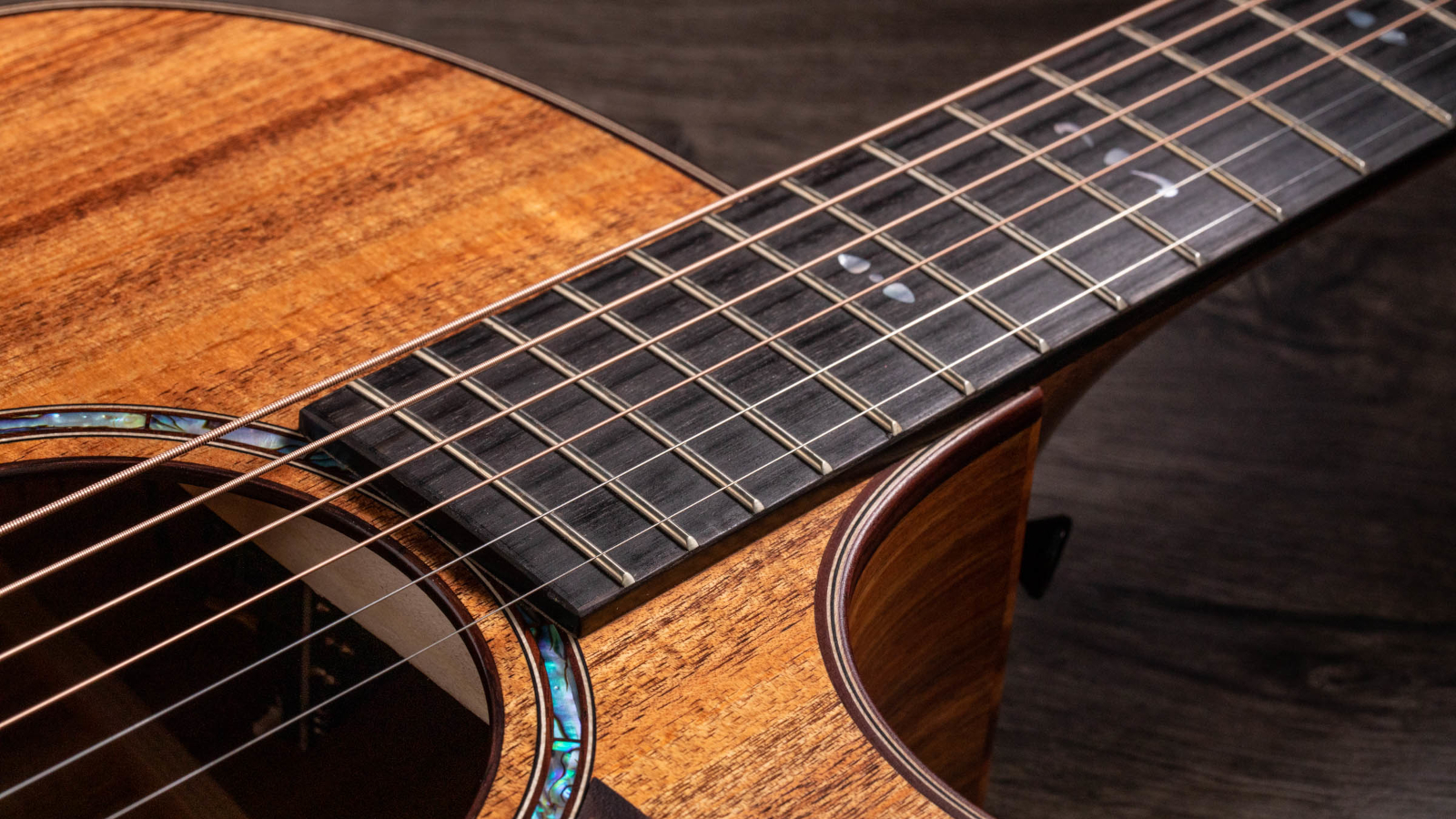

The open-pore matte satin finish facilitates a direct, organic feel of wood against skin. Indeed, the clear, natural sound matches the feel.
It’s lighter and far less dampened than the Koa Series. It takes very little pick energy to set the 724’s top in motion, and its sensitivity facilitates extreme nuance.
It’s very player reflective, capable of a wide variety of tones, from mellow to bright, depending on the attack.
Caress the strings with a light touch and be rewarded with lovely dynamics at low volume.
Caress the strings with a light touch and be rewarded with lovely dynamics at low volume
This is a V-Class instrument made of solid woods, but the thickness and back bracing are different from a K Series.
The bass is less booming but still strong. The focus is a warm, sweet middle range, with a detailed sparkle on top.
The 724ce invites fingerpicking and playing with a flexible plectrum. Play too hard and the top end becomes more brittle and less beautiful. For that reason, heavy strummers and bass mongers may prefer the heartier Koa Series models.
If you like your instrument lively and sensitive to subtlety, the 724ce delivers.
Plugged into a Fender Acoustic Junior GO, its tone was balanced from string to string, and it was easy to add a bit of tropic thunder to complement the vivacious acoustic koa tone with a quarter turn of the bass control.
The 724ce plays easily and precisely up and down the neck, and that’s no surprise, as Taylor guitars are remarkably consistent.
The neck has a modern profile, and the action is so supple that it’s easy to forget you’re playing an acoustic. I was surprised to find somewhat sharp edges on either side of the nut, but the fret edges were nice and smooth.
The 724ce is clearly aimed less at collectors and more at everyday players
For those who have longed for a koa Taylor but couldn’t manage the luxury price tag of the K Series, here’s an attractive and far more affordable option.
The 724ce is clearly aimed less at collectors and more at everyday players. One could draw a correlation to Taylor’s workmanlike American Dream Series.
If you like a chunky sound and a bit of fight back under your fingers, this is not the instrument for you. The 724ce is for players that appreciate a lighter, freer, more touch-sensitive tone.
The Grand Auditorium body, with its Venetian cutaway and onboard electronics, accommodates myriad styles and applications, from the studio to the stage.
I had a chance to compare the 724 to the 722 at the NAMM show. It’s essentially similar, but the smaller size yields a slightly softer tone with less gumption and a more crystalline quality, so it’s more suitable for parlor-style fingerpickers and troubadours.
Kudos to Taylor for finding another creative way to bring “aloha” to the musical masses.
Specifications:
- NUT WIDTH: 1.75” black Tusq
- NECK: Tropical mahogany
- FRETBOARD: West African ebony, 25.5” scale
- FRETS: 20
- TUNERS: Taylor polished bronze
- BODY: Solid Hawaiian koa back, sides and top (V-Class bracing)
- BRIDGE: West African ebony with Tusq saddle
- ELECTRONICS: Taylor ES2 with volume, bass, and treble controls
- FACTORY STRINGS: Phosphor Bronze Light
- WEIGHT: 4.7 lbs (as tested)
- BUILT: USA
For more information visit Taylor Guitars.
Jimmy Leslie is the former editor of Gig magazine and has more than 20 years of experience writing stories and coordinating GP Presents events for Guitar Player including the past decade acting as Frets acoustic editor. He’s worked with myriad guitar greats spanning generations and styles including Carlos Santana, Jack White, Samantha Fish, Leo Kottke, Tommy Emmanuel, Kaki King and Julian Lage. Jimmy has a side hustle serving as soundtrack sensei at the cruising lifestyle publication Latitudes and Attitudes. See Leslie’s many Guitar Player- and Frets-related videos on his YouTube channel, dig his Allman Brothers tribute at allmondbrothers.com, and check out his acoustic/electric modern classic rock artistry at at spirithustler.com. Visit the hub of his many adventures at jimmyleslie.com

